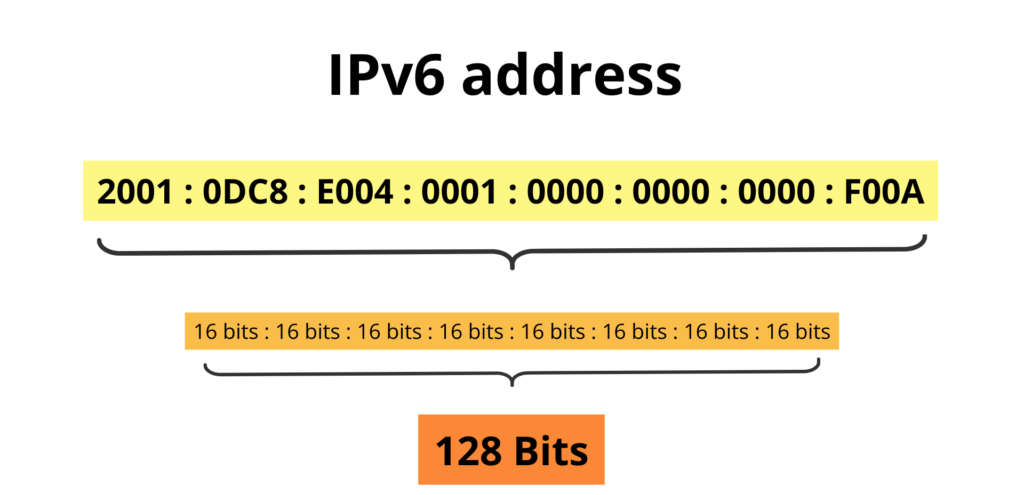IPv6 and Telecommunications: Building the Future of Communication Infrastructure
Introduction
The telecommunications sector is constantly evolving to cope with the rapidly changing technological landscape. As the number of connected devices continues to surge, the demand for more IP addresses and more efficient network management grows exponentially. IPv6, with its extensive addressing capacity and advanced features, emerges as a critical technology to meet these demands. This article explores the significance of IPv6 in the telecommunications industry and the profound impact of this transition on the sector’s future.
Why is IPv6 Transition Critical for the Telecommunications Sector?
As the backbone of global communication, the telecommunications industry relies heavily on robust and scalable network infrastructures. However, the limitations of the existing IPv4 protocol, particularly the exhaustion of available IP addresses, pose significant challenges. Here are the key reasons why transitioning to IPv6 is essential for the telecommunications sector:
- IPv4 Address Exhaustion: With the increasing number of internet-connected devices, the pool of available IPv4 addresses is rapidly depleting. This shortage hampers the growth of the telecommunications industry and limits its ability to support new devices and services. IPv6 addresses this issue with a virtually limitless pool of IP addresses, ensuring that the industry can continue to expand and innovate.
- Broad Addressing Capacity of IPv6: Unlike IPv4, which offers approximately 4.3 billion unique addresses, IPv6 provides an astronomical 340 undecillion addresses. This expansive addressing capacity not only supports the growing number of devices but also enables more efficient network management, improved routing, and enhanced security features. For telecommunications companies, this means more reliable and scalable networks that can support future technological advancements.
- Accommodating the Growing IoT and Device Network: The Internet of Things (IoT) revolution is transforming the telecommunications landscape, with billions of devices requiring unique IP addresses for connectivity. IPv6 is the only protocol capable of supporting the massive scale of IoT, ensuring that every device, from smartphones to smart homes, can communicate seamlessly. This capability is crucial for the telecommunications industry to deliver cutting-edge services and maintain a competitive edge.
How is IPv6 Utilized in Telecommunications? Application Examples
IPv6 plays a pivotal role in enhancing the efficiency and scalability of telecommunications networks. Here are some practical examples of how IPv6 is utilized in the industry:
- Implementation in Telecommunications Infrastructure: Telecommunications companies are increasingly adopting IPv6 to upgrade their network infrastructures. This implementation involves replacing or upgrading existing equipment, such as routers and switches, to support IPv6. By doing so, companies can handle more traffic, reduce latency, and improve overall network performance, which is essential for delivering high-quality services to customers.
- IPv6 Addressing and Network Configuration: The transition to IPv6 requires careful planning and configuration of network addressing schemes. Telecommunications providers must ensure that their networks are configured to efficiently manage the large address space provided by IPv6. This involves setting up proper routing protocols, address allocation strategies, and security measures to protect the network and its users.
- Integration into Telecommunications Services: IPv6 enables the development and delivery of advanced telecommunications services, such as Voice over IP (VoIP), video conferencing, and real-time data streaming. By leveraging IPv6’s capabilities, telecommunications companies can offer more reliable and scalable services that meet the growing demands of businesses and consumers alike.
What are the IPv6 Infrastructure Architectures in Telecommunications?
The successful deployment of IPv6 in telecommunications requires a robust infrastructure architecture. Below are the critical components and considerations:
- Deployment and Requirements of IPv6 Network Infrastructure: Establishing an IPv6-compatible network infrastructure involves upgrading existing systems and integrating new technologies. This includes deploying IPv6-compatible hardware, updating software, and ensuring that all network components are interoperable. Additionally, telecommunications companies must train their staff to manage and operate the new IPv6 infrastructure effectively.
- Impact on the Management of Telecommunications Networks: IPv6 introduces several enhancements in network management, including simplified address assignment, improved routing efficiency, and enhanced security features. These improvements make it easier for telecommunications companies to manage their networks, optimize performance, and provide better services to their customers.
- Challenges and Solutions in the IPv6 Transition Process: The transition to IPv6 is not without challenges. Telecommunications companies may face difficulties related to interoperability, legacy systems, and security concerns. However, these challenges can be mitigated through strategic planning, comprehensive testing, and phased implementation. By addressing these issues proactively, companies can ensure a smooth transition and fully leverage the benefits of IPv6.

The Importance and Benefits of IPv6 for the Telecommunications Sector
IPv6 offers numerous benefits that are essential for the future success of the telecommunications industry. These include:
- Expanded Addressing and Scalability: IPv6 provides a virtually unlimited number of IP addresses, enabling the telecommunications sector to expand its networks and accommodate the growing number of connected devices. This scalability is vital for supporting the continued growth of the internet and the increasing demand for digital services.
- Enhancement of Next-Generation Communication Services: IPv6’s advanced features, such as improved routing, enhanced security, and support for real-time data transmission, are crucial for developing and delivering next-generation communication services. These services include high-definition video streaming, cloud computing, and smart city applications, all of which rely on the capabilities of IPv6 to function effectively.
- Infrastructure Investments and Competitive Advantage: Investing in IPv6 infrastructure positions telecommunications companies for long-term success. By adopting IPv6, companies can offer more advanced and reliable services, improve customer satisfaction, and maintain a competitive edge in the rapidly evolving digital landscape. Additionally, IPv6’s security features help protect networks from cyber threats, further enhancing the value of these investments.
Conclusion: IPv6 Transition – A Mandatory Step for the Telecommunications Sector
The transition to IPv6 is not just an option but a necessity for the telecommunications sector. As the industry continues to grow and evolve, the limitations of IPv4 become increasingly apparent. By embracing IPv6, telecommunications companies can overcome these challenges, build more robust and scalable networks, and prepare for the future of digital communication. For more details on the importance of IPv6 in telecommunications, you can read the full article here.




